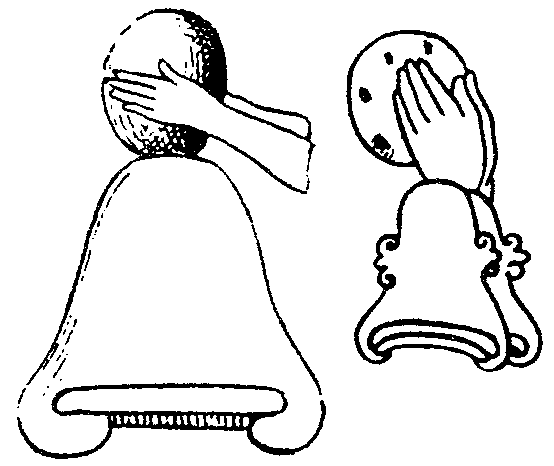Content created: 2022-11-11
Return to Part 14
The Aztecs: A Tributary Empire (14-bis)
Excursus on Tlaxcállan
Moteuczóma’s boast that Tlaxcállan could “easily” be conquered if it became a nuisance, may have led later writers to under-rate the city. In time it came to be allied with the Spanish and, with its allies, contributed —probably centrally— to the Aztec collapse.
Between 2007 and 2010, excavations at the site of Tlaxcállan by Land Fargher, an archaeologist at the Instituto Politécnico Nacional in Mérida, suggested a surprisingly substantial settlement. Science writer Bruce Bower, surveying both the archaeological and the textual evidence, sums up our present knowledge of Tlaxcállan this way:
The ancient city covers a series of hilltops and hillsides, Fargher says. Large terraces carved out of hillsides supported houses, pulic structures, plazas, earthen mounmds, and roadways. Around 35,000 people inhabited an area of about 4.5 square kilometers in the early 1500s.

Place Glyph for Tlaxcállan, “place of tortillas,” showing a hill (place) and a tortilla
(Left: Durán Codex; Right: Lienzo de Tlaxcala)
After Macazaga Ordoño
Artifacts recovered at Plazas indicate that those open spaces hosted commercial, political, and religious activities. Houses clustered around plazas. Even the largest residences were modest in size, not much larger than the smallest houses. Palaces of kings and political big shots in neighboring societies, including the Aztecs, dwarfed Tlaxcallan houses.
Excavations and Spanish accounts add up to a scenario in which all Tlaxcallan citizens could participate in governmental affairs. Anyone known to provide good advice on local issues could be elected by their neighbors in a residential district to a citywide ruling council, or senate, consisting of between 50 and 200 members. Council meetings were held at a civic-ceremonial center built on a hilltop about one kilometer from Tlaxcallan.
Those chosen for council positions had to endure a public ceremony in which they were stripped naked, shoved, hit, and insulted as a reminder that they served the people. Political officials who accumulated too much wealth could be publicly punished, replaced, or even killed. (Bower 2022:19)
The picture of Tlaxcállan as kind of New World “Athenian democracy” is tempting but misleading. For one thing, qualification for political positions required a period of prior military service (which, Bower points out, excluded women).
However, the Tlaxcállan government clearly contrasts with the strongly hierarchical and terror-centered Aztec régime, and it is easy to imagine the antagonism between the two systems as being something of a “culture war” as well as political and military competition.
Tlaxcállan was divided into four districts —Ocotelolco, Tepetícpac, Quiahuiztlan, and Tizatlan— each headed by its own lord (teuctli), so the council seems never to have been the sole authority.
The Spanish organized the area into the Cabildo de Tlaxcala, and continued the tradition of a representative council. Fascinatingly, the minutes of its meetings still exist and have been published in Nahuatl and English translation (Lockhart et al. 1986). In the introduction, the authors write:
In the immediate postconquest years, the Spaniards began to create encomiendas and parishes in the Indian countryside, but these new structures were built on ones already existing, namely the indigenous altepetl or city states, and they relied heavily on the indigenous dynastic rules (tlatoque[h]; sing. tlatoani, called by the Spaniards caciques).
At first, then, there was not much change in the patterns of native government.
Soon, however, Spanish authorities went to work trying to reorganize the altepetl in the image of a Hispanic municipality. The first step was the creation of an appointed or elected rather than hereditary highest official, called the governor (gobernador), not in itself a revolutionary measure because ordinarily it was the tlatoani who became governor and held office for his lifetime. …” (p. 1, breaks added)
Keeping in place the indigenous leaders and councils as part of the initial colonial administration was a wise policy, but what we note here is that the Spanish found an efficient and strikingly democratic administration in some Nahua communities, of which its ally Tlaxcállan seems to have been the most conspicuous.
Return to top.
Return to Part 14
